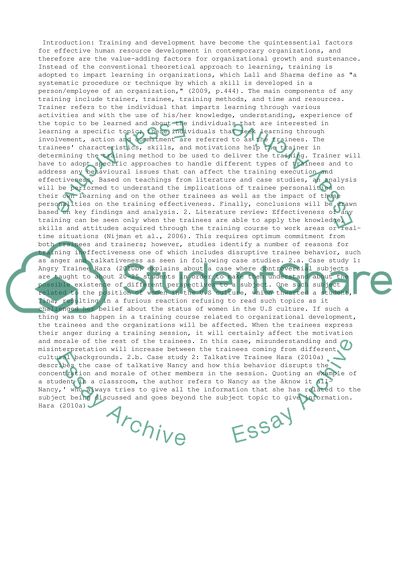Cite this document
(“Methods to deal with difficult trainees while conducting training - Research Paper”, n.d.)
Methods to deal with difficult trainees while conducting training - Research Paper. Retrieved from https://studentshare.org/management/1497181-methods-to-deal-with-difficult-trainees-while
Methods to deal with difficult trainees while conducting training - Research Paper. Retrieved from https://studentshare.org/management/1497181-methods-to-deal-with-difficult-trainees-while
(Methods to Deal With Difficult Trainees While Conducting Training - Research Paper)
Methods to Deal With Difficult Trainees While Conducting Training - Research Paper. https://studentshare.org/management/1497181-methods-to-deal-with-difficult-trainees-while.
Methods to Deal With Difficult Trainees While Conducting Training - Research Paper. https://studentshare.org/management/1497181-methods-to-deal-with-difficult-trainees-while.
“Methods to Deal With Difficult Trainees While Conducting Training - Research Paper”, n.d. https://studentshare.org/management/1497181-methods-to-deal-with-difficult-trainees-while.


